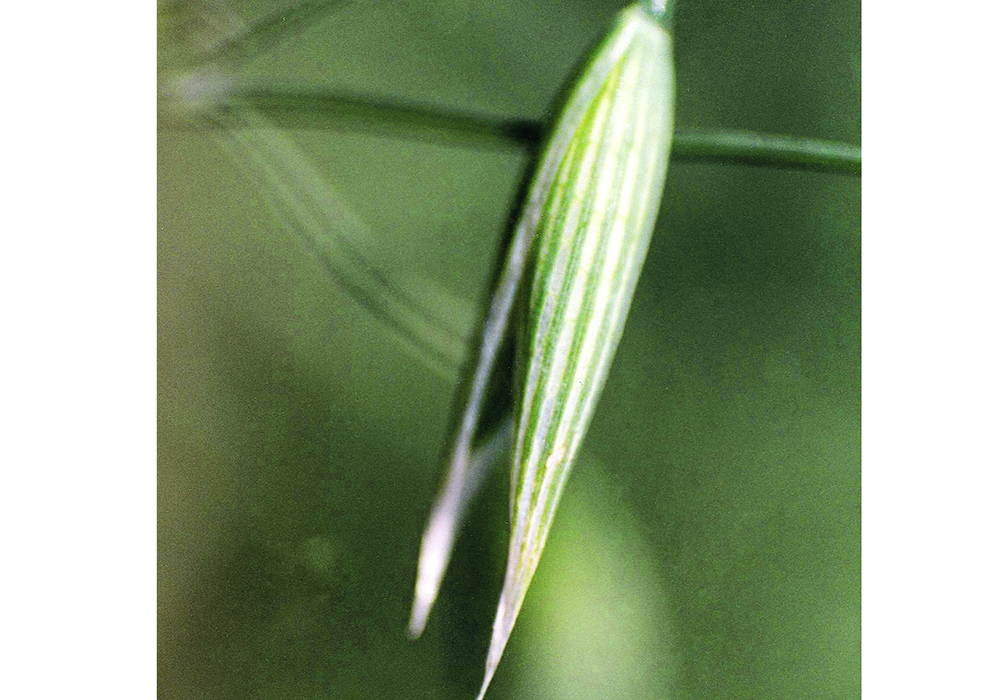Scientists have identified the genetic mechanisms that enable a fungus to produce a toxin that is destructive in oats
In the 1940s, Victoria blight disease wiped out much of the oat crops in the United States. The blight is caused by a fungus called Cochliobolus victoriae, which produces the host-specific toxin, victorin, a chemical made by the fungus.
Certain oat genotypes are sensitive to victorin but until recently scientists had not been able to decipher the genes and the mechanisms involved that make victorin so deadly to oats.
Now, researchers at Cornell University have identified the genetic mechanisms that enable the production of the destructive toxin.
Read Also

Crop quality looks good this year across Prairies
Crop quality looks real good this year, with the exception of durum.
Gillian Turgeon, professor and chair at the university’s School of Integrative Plant Science, said oat varieties favoured by farmers in the 1940s were resistant to crown rust disease, also known as leaf rust.
Later it was discovered that this particular trait made those oat varieties susceptible to Victoria blight because the victorin toxin targeted that specific plant protein.
Revealing the chemical molecules in the relationship between the plant and the fungus was central to understanding how the plants respond to an attack.
“Most secondary metabolites, like victorin, are products of many genes that work together and are found next to each other in the genome,” said Turgeon.
She said that most fungal toxins are synthesized by large, multi-functional enzymes and the small peptides created by these enzymes include both toxins and medicines.
Turgeon and her colleague Heng Chooi, ARC research group leader at the University of Western Australia, discovered that the victorin toxin is synthesized directly in the ribosome, which is an organelle in the cells that makes most proteins.
“Researchers, once aware of the exact genes, can manipulate/delete/target those genes in the fungus or their interactors in the plant to prevent disease,” she said. “The more we know about mechanisms, the more interventions are possible.”
How farmers can apply this research in a practical way is still complicated.
“Because rust disease is a real threat, it’s important to plant oats that are resistant to this disease, but it is also a trade off because of threats like Victoria blight.”
Turgeon said that victorin peptides have also been shown to interact with targets in plant cells called thioredoxins, which are also found in humans and have potential as a site for cancer therapies.
Chooi said thioredoxin is a small redox-regulating protein controlling reduction-oxidation processes.
“(The protein) plays crucial roles in maintaining cellular redox homeostasis and cell survival and is highly expressed in many cancers,” said Chooi. “Cancer cells exist in a stressed environment and rely on the thioredoxins for protection against the stress. They are also known to associate with increased proliferation, resistance to cell death and increased angiogenesis (or formation of new blood vessels). Inhibiting thioredoxin is a promising therapeutic avenue for cancer.”
Future research on the victorin toxin and how it targets a particular protein in oats includes the need to clarify the role of each gene in building the victorin molecule and to understand the evolutionary mechanisms better.
“We need to figure out if all isolates of Cochliobolus victoriae are similarly structured,” said Turgeon. “If so, this would mean that a single genetic event occurred at the time of the outbreak, or before, and the widespread planting of rust resistant oats created a perfect milieu for the isolate of the fungus to cause disease.”
Chooi said that there is a need to better under how the victorin molecule is made by the fungus.
The research was published recently in the Proceedings of the National Academy of Sciences.

















